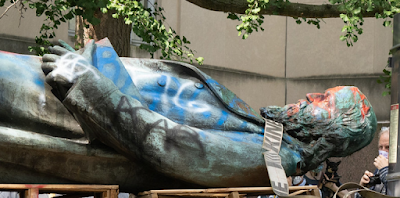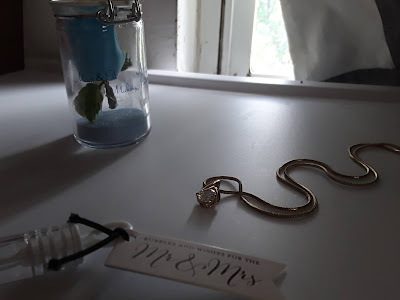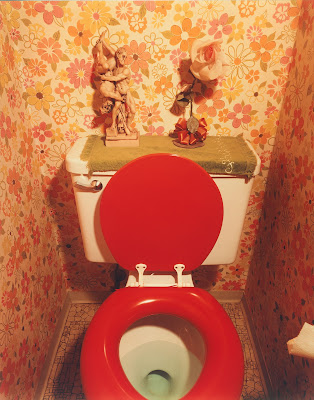Saturday, November 13, 2021
Monuments
Friday, August 20, 2021
Friday, May 14, 2021
Saturday, May 8, 2021
Saturday, March 20, 2021
Hair
Culture
The customs, arts, social institutions, and achievements of a particular nation, people, or other social group.
The Hair Craft Project, Artist Sonya Clark
In the Collection of The Museum of Fine Arts, Boston
Purchase a Hair Craft Project Catalog Here!
Hairdressers are my heroes. The poetry and politics of Black hair care specialists are central to my work as an artist and educator. Rooted in a rich legacy, their hands embody an ability to map a head with a comb and manipulate the fiber we grow into complex form. These artists have mastered a craft impossible for me to take for granted.
Almost two decades ago, in a review of my work, Bill Gaskins wrote, “Hairdressing is the primordial fiber art.” I began the Hair Craft Project with his words in mind.
The project bridges boundaries between hair salons and art galleries as sites of aesthetics, craft, skill, improvisation, and commerce. Hairdressers were each supplied with my full head of hair and a canvas hand stitched with silk thread. Their challenge was to demonstrate their expertise in a familiar medium, hair, and translate it into a less familiar one, thread on canvas. For the yearlong span of the project, I became a walking gallery. The photographs document the temporary hairstyles created specifically for the project while the canvases provide a permanent example of the craft.
Featured stylists: Kamala Bhagat, Dionne James Eggleston, Marsha Johnson, Chaunda King, Anita Hill Moses, Nasirah Muhammad, Jameika and Jasmine Pollard, Ingrid Riley, Ife Robinson, Natasha Superville, and Jamilah Williams.
—
Sonya Clark
More work by Sonya Clark:
https://1708gallery.org/exhibitions/exhibition-detail.php?id=64
A sestina for a black girl who does not know how to braid hair
Sunday, March 14, 2021
Semiotics
Semiotics is the study of signs and their meaning in society.
- A sign is something which can stand for something else – in other words, a sign is anything that can convey meaning.
- Visual signs - photographs, paintings, drawings, advertisements, street signs.
- A visual image that serves as a sign or representation that stands for its object by virtue of a resemblance or analogy to it. Example, an icon of womanhood.
- Digital Technology
- A picture that appears on a screen and is used to represent content or action.
- Example, tap the icon to download the app.
- People as Icons
- A person that is revered or idolized.
- Example, Elvis Presley is a cultural icon of the 20th century. Migrant Mother Photograph an iconic image for the Great Depression.
- Pictorial Images
- Keeps characteristics.
- Example, Instagram icon, Restroom Signage, Handicap Signage.
- Indicate something.
- Compare to icon - it is not the object itself.
- Does not resemble the "something".
- Has some relationship to the thing it represents - is one step removed.
- Connected to another object or event.
- Example - A footprint is an index that a person was in a space.
- No resemblance to the thing it represents.
- Can only mean something if person knows (culture or previous knowledge).
- A learned sign.
- Example - The circle/cross shape that signifies the female gender.

















































